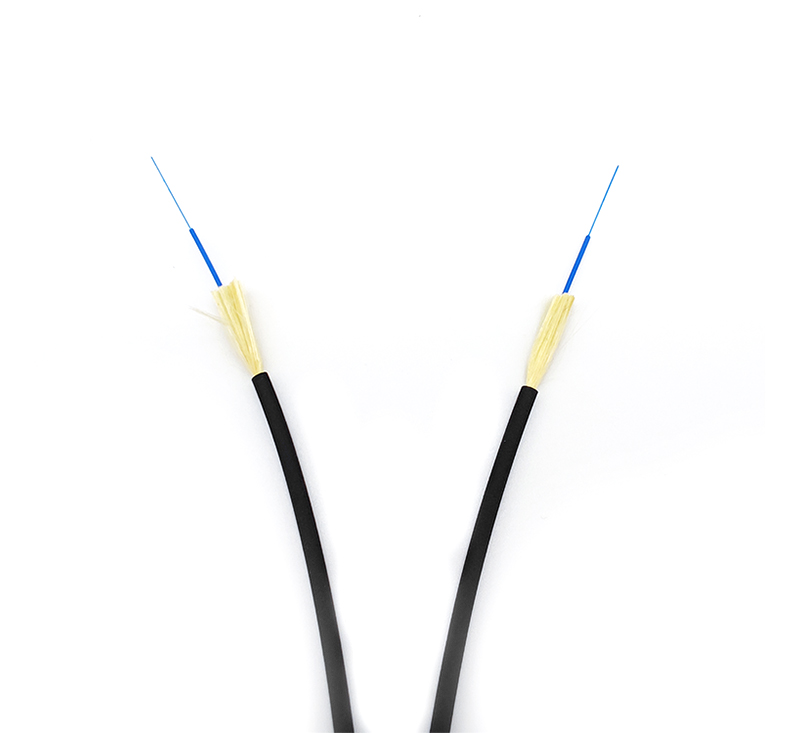Single-mode fiber (SingleModeFiber): The central glass core is very thin (the core diameter is generally 9 or 10μm), and only one mode of fiber can be transmitted. Therefore, its intermodal dispersion is very small, which is suitable for long-distance communication, but there are also material dispersion and waveguide dispersion, so the single-mode fiber has higher requirements on the spectral width and stability of the light source, that is, the spectral width should be narrow and stable. Be good.

1. Long transmission distance: Since the transmission radius of single-mode fiber is smaller than that of multi-mode fiber, only one beam can propagate during signal transmission, so that the scattering phenomenon during transmission of multiple beams of fiber will not be caused, and it can be transmitted very far. distance without deformation. In addition, the intensity of the laser beam used by the single-mode fiber is higher than that of the LED beam used by the multi-mode fiber, and the transmission distance is also longer.
2. Large bandwidth: that is, the transmission rate is high. Due to the invariance of its single-beam fiber, the width of the beam can be narrowed, that is, many beams are sent per unit time, because each beam is a signal, so its data transmission rate is very high. Generally speaking, the bandwidth of multi-mode fiber is gigabit, while the bandwidth of single-mode fiber is higher rate such as 10 Gigabit and 100,000 Gigabit. Due to its good monochromaticity, the number of beams transmitted simultaneously on each single-mode fiber is large. This is the dense wavelength division multiplexing (WDM) technology, which means that more beams of different frequencies can be transmitted on the same fiber. Its data rate is greater.










